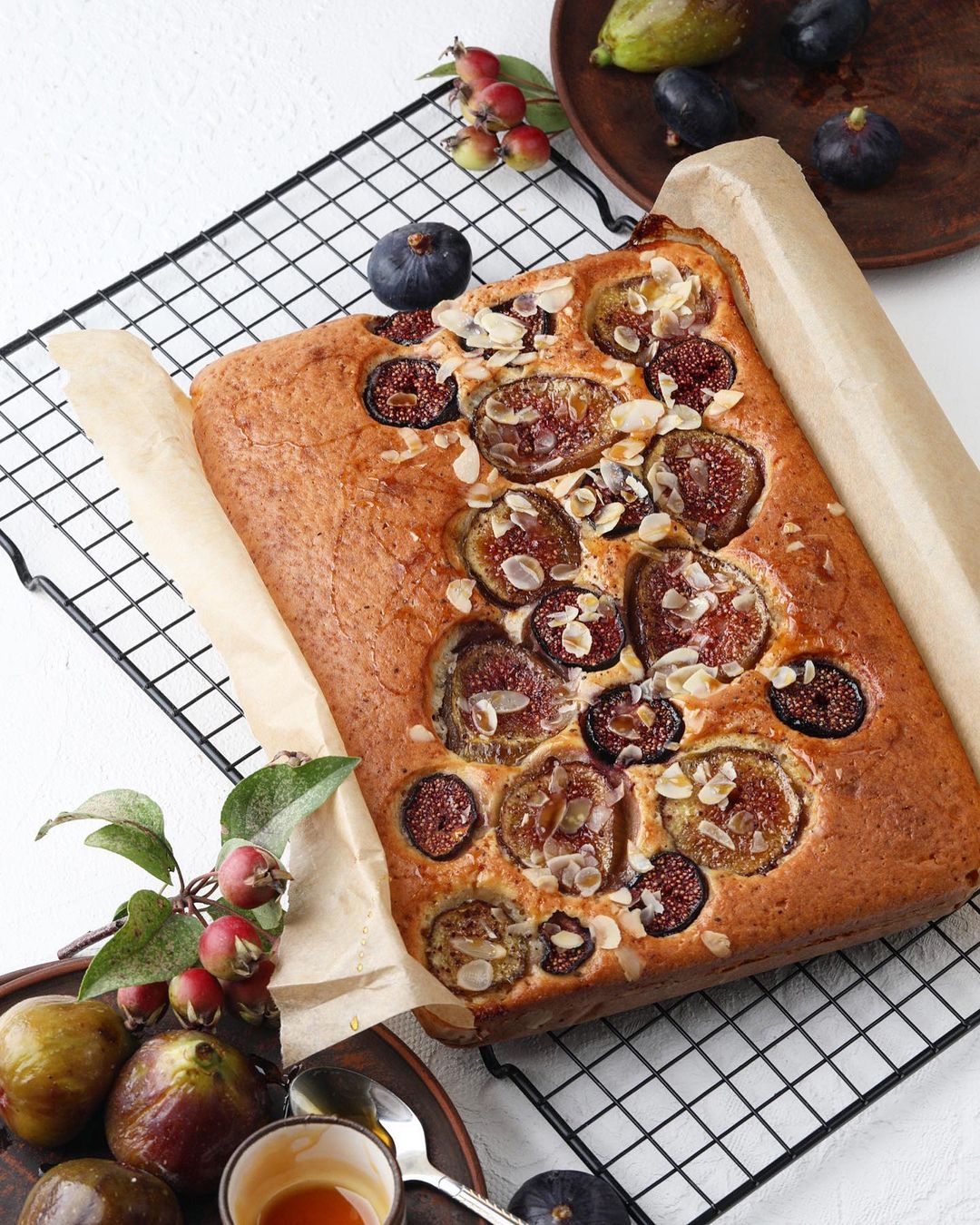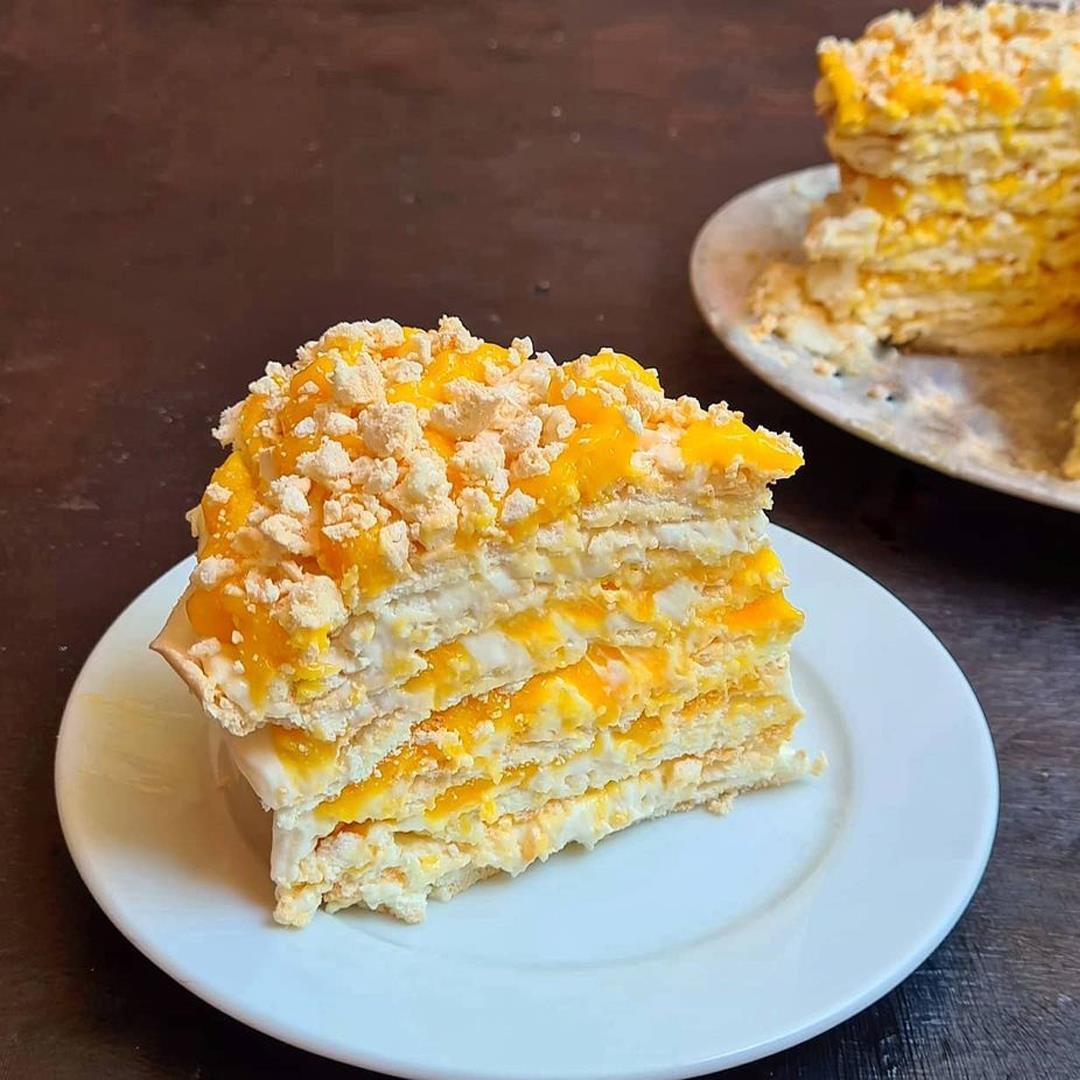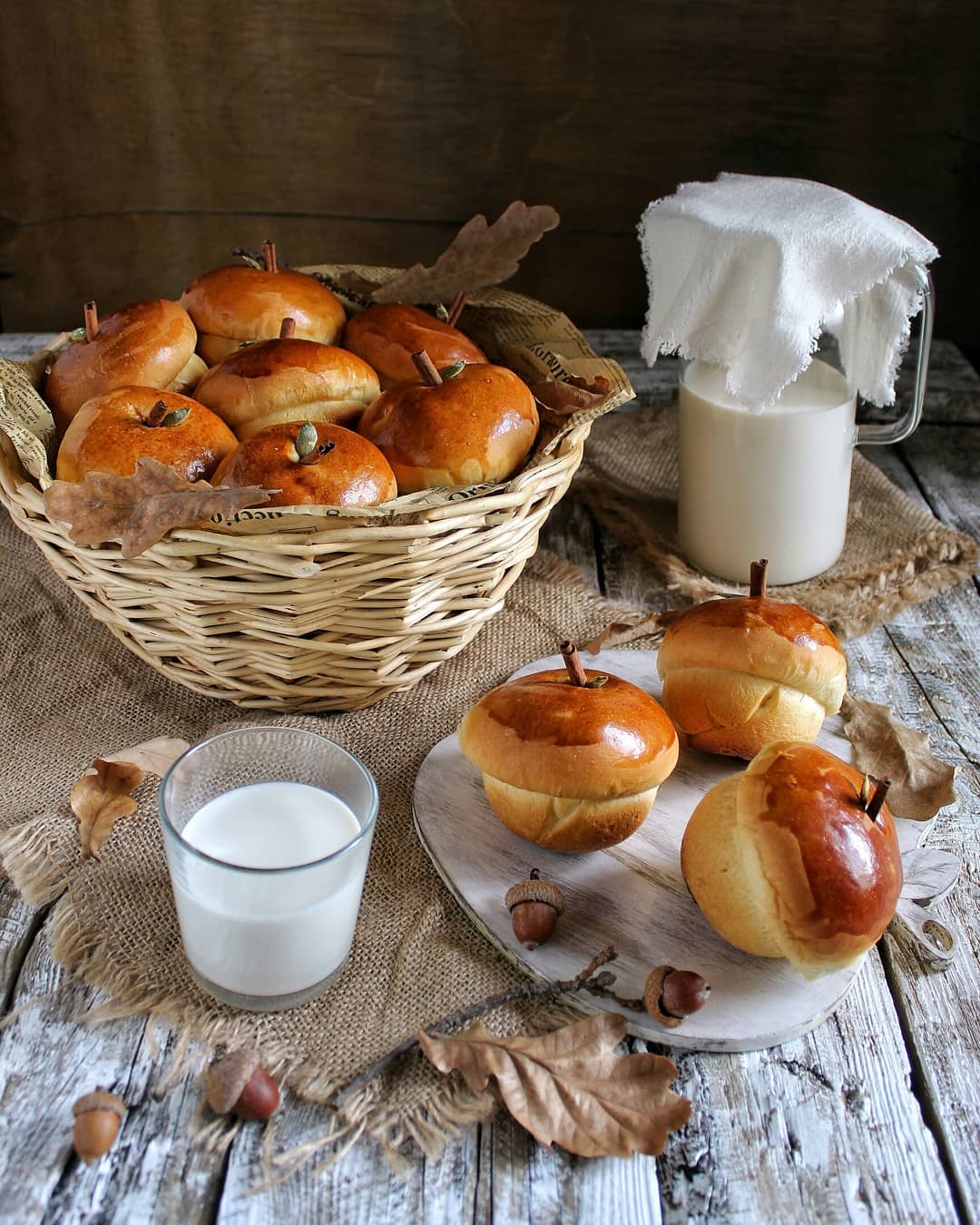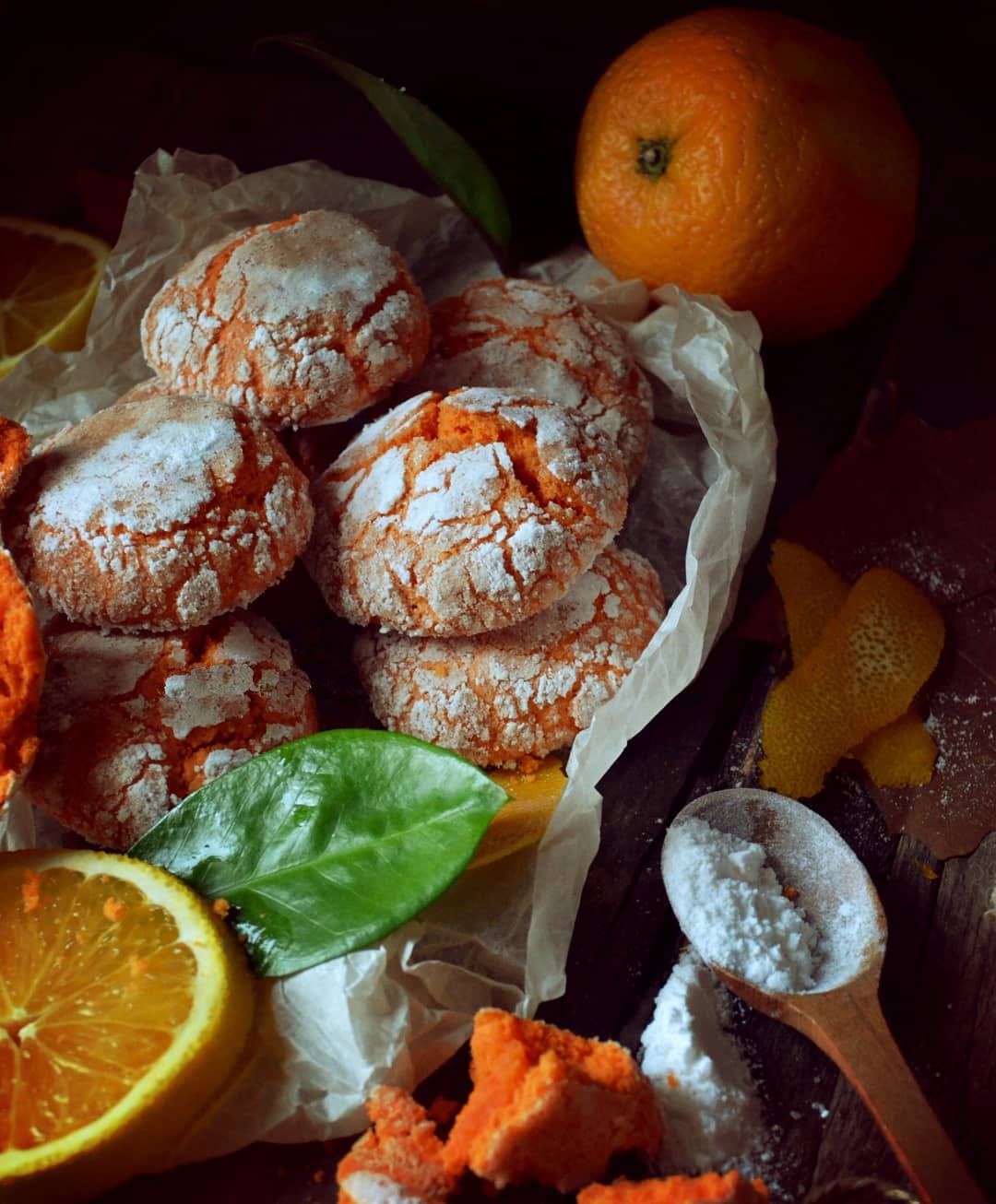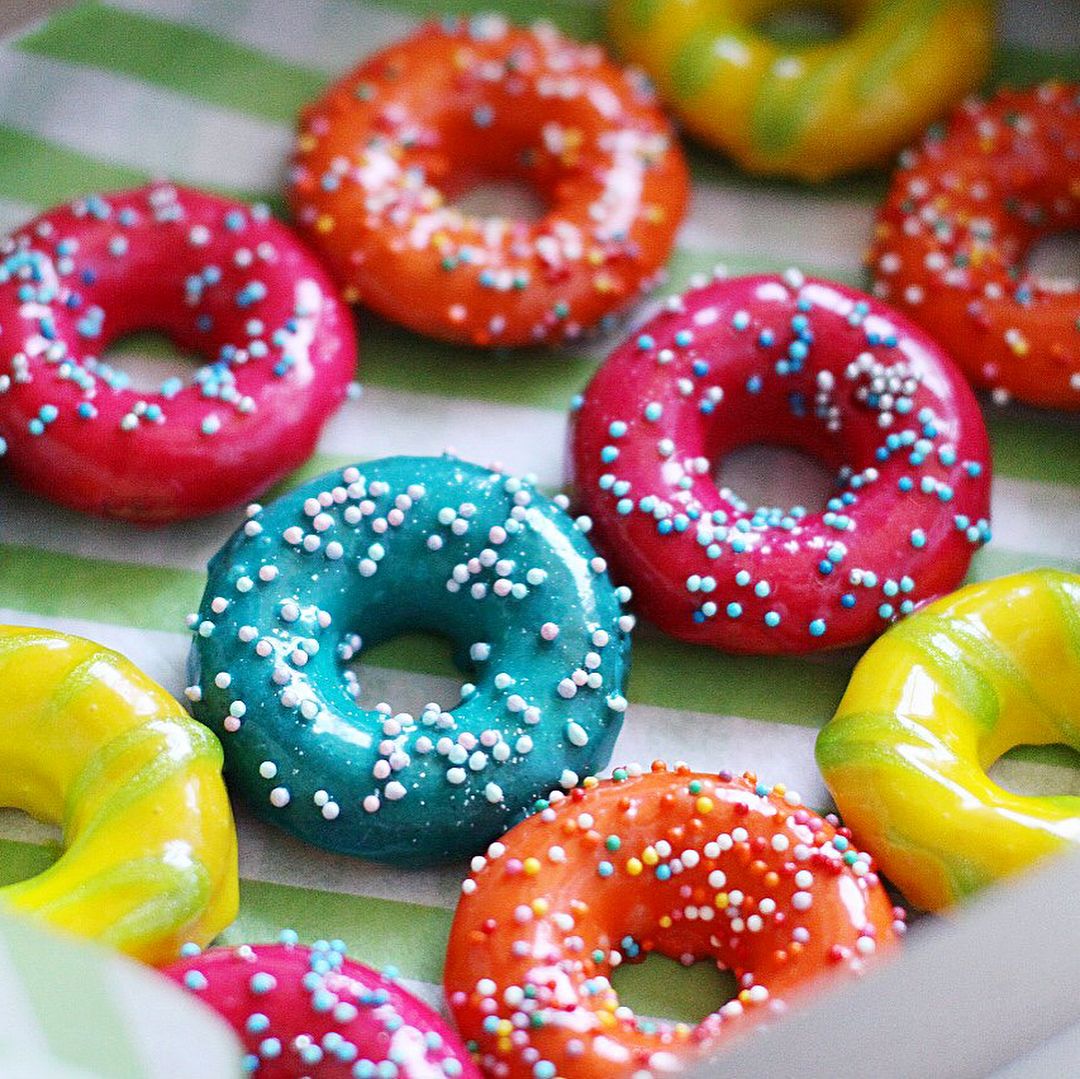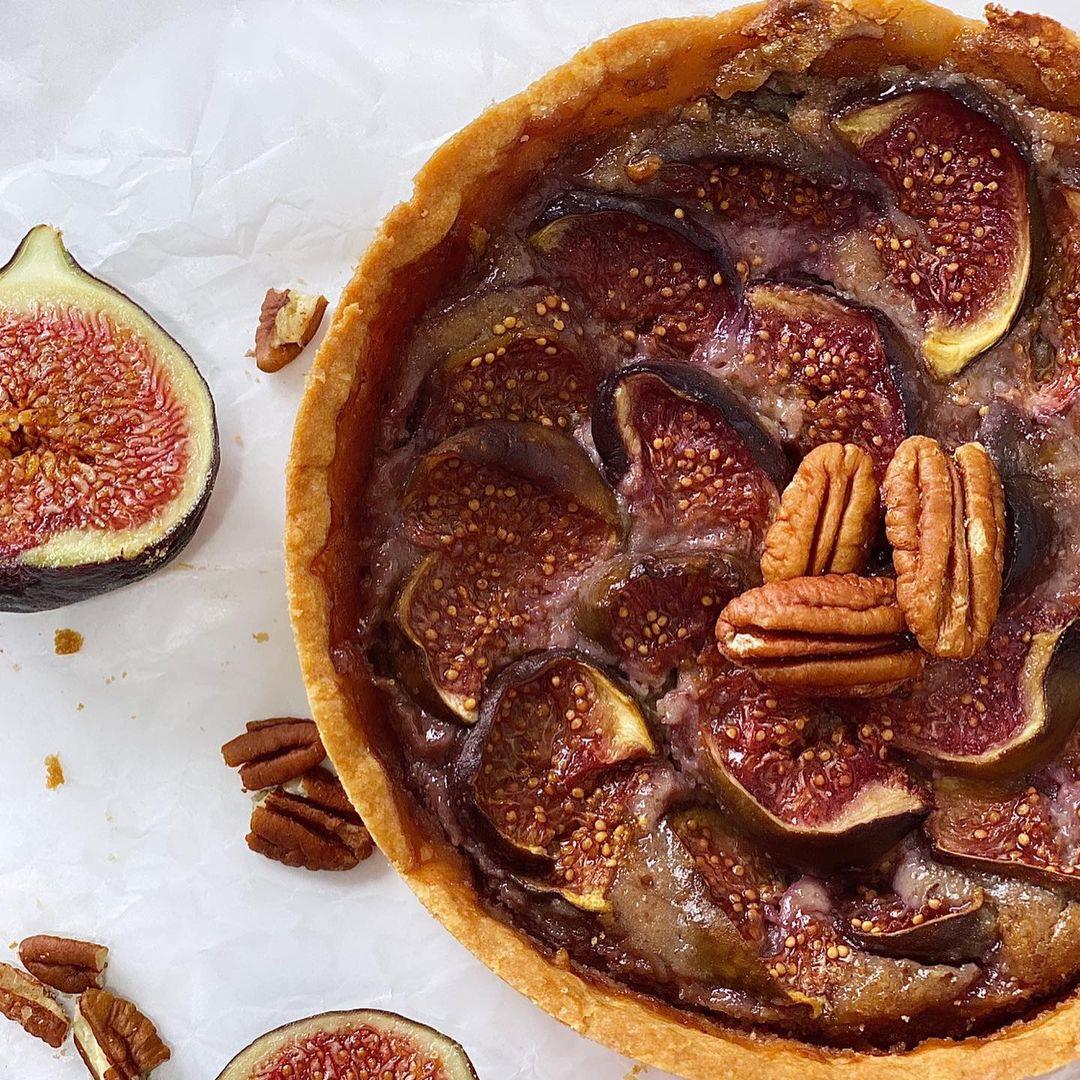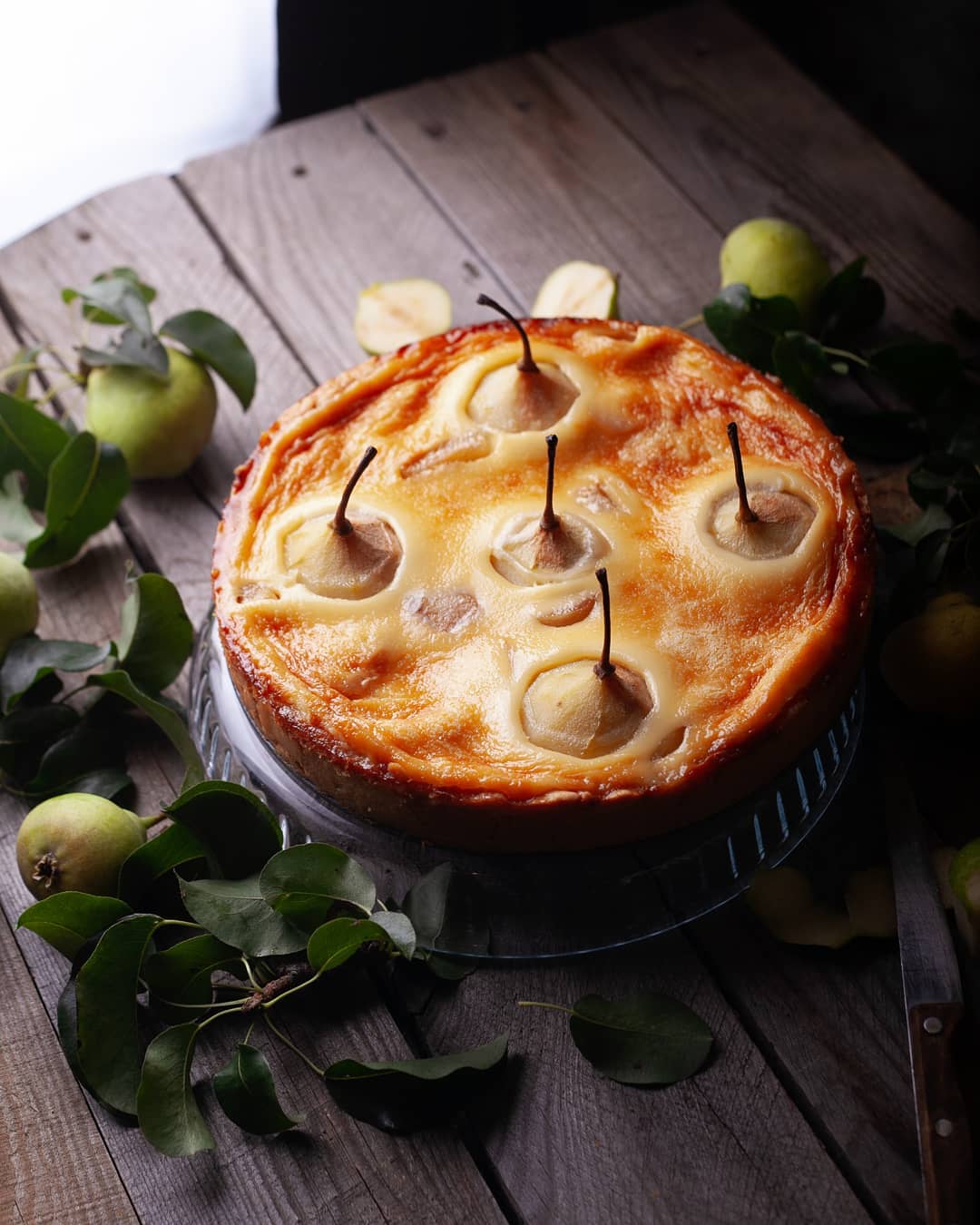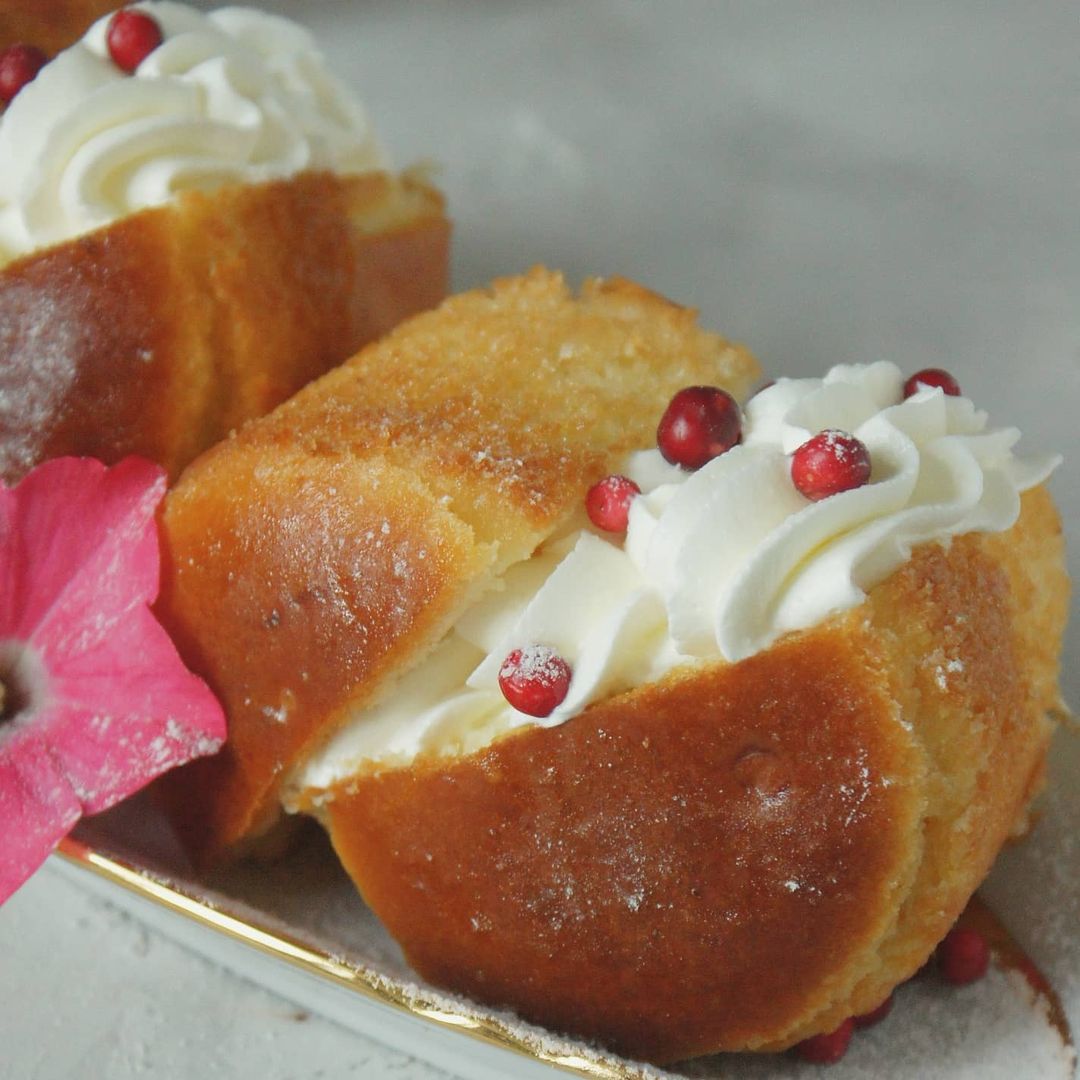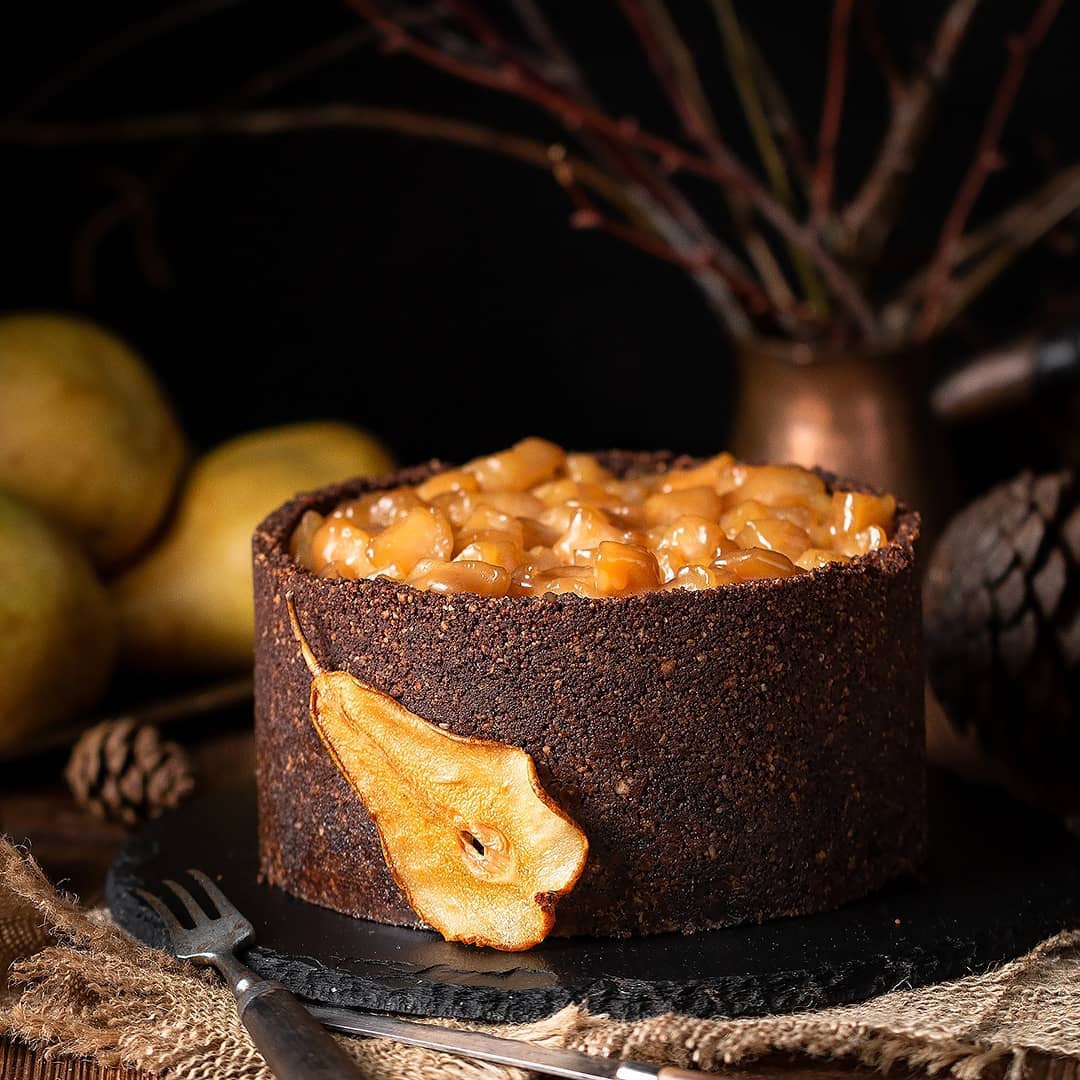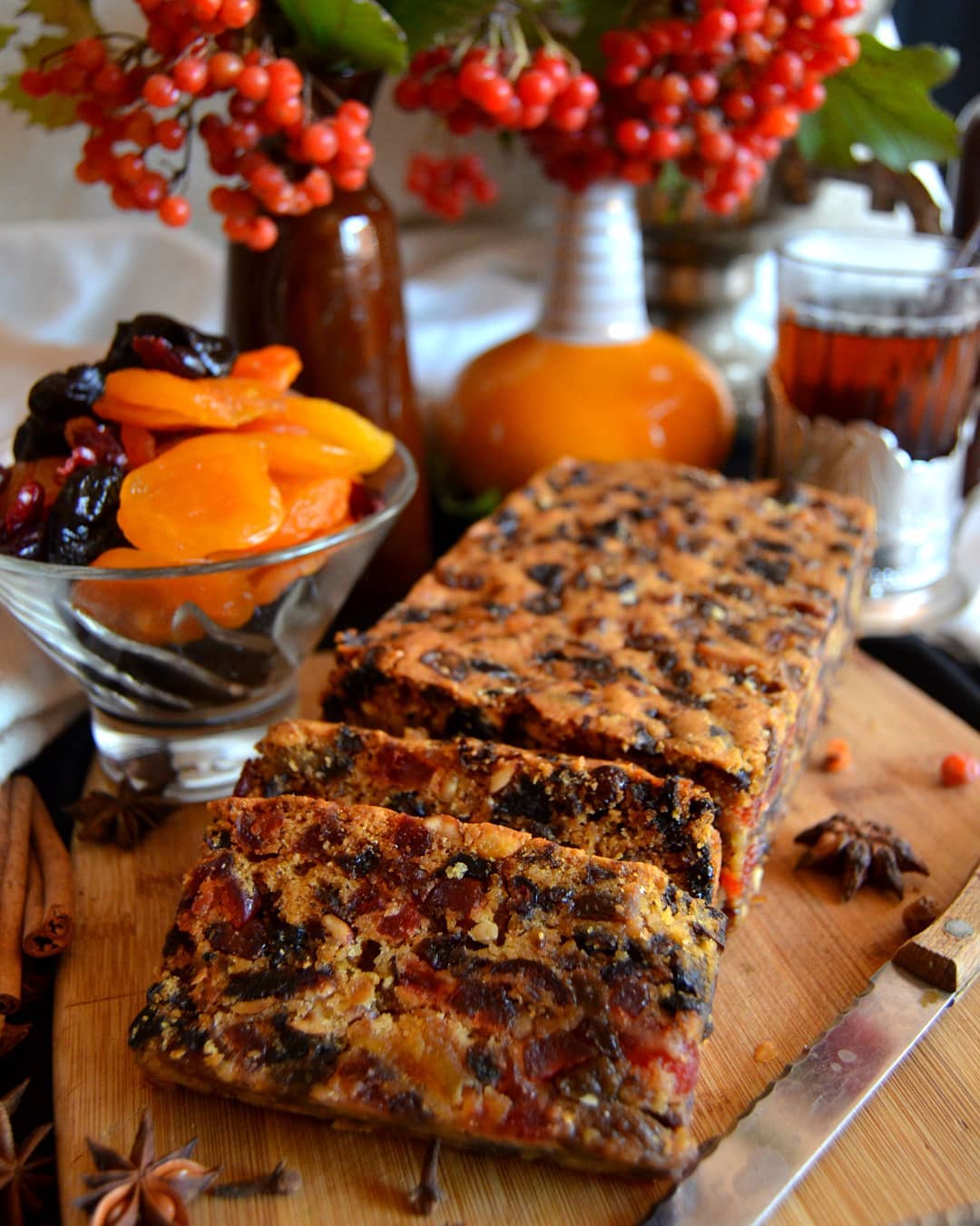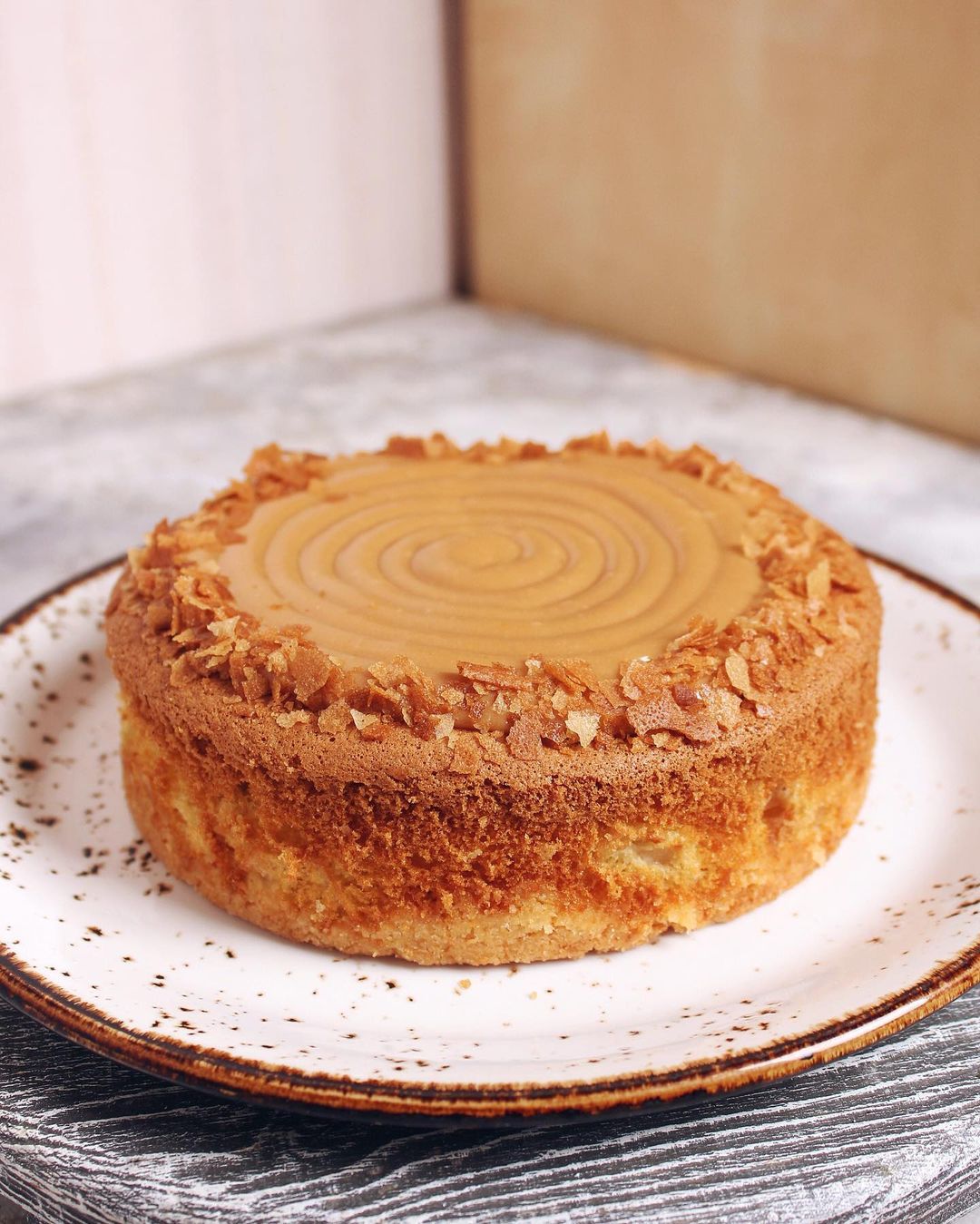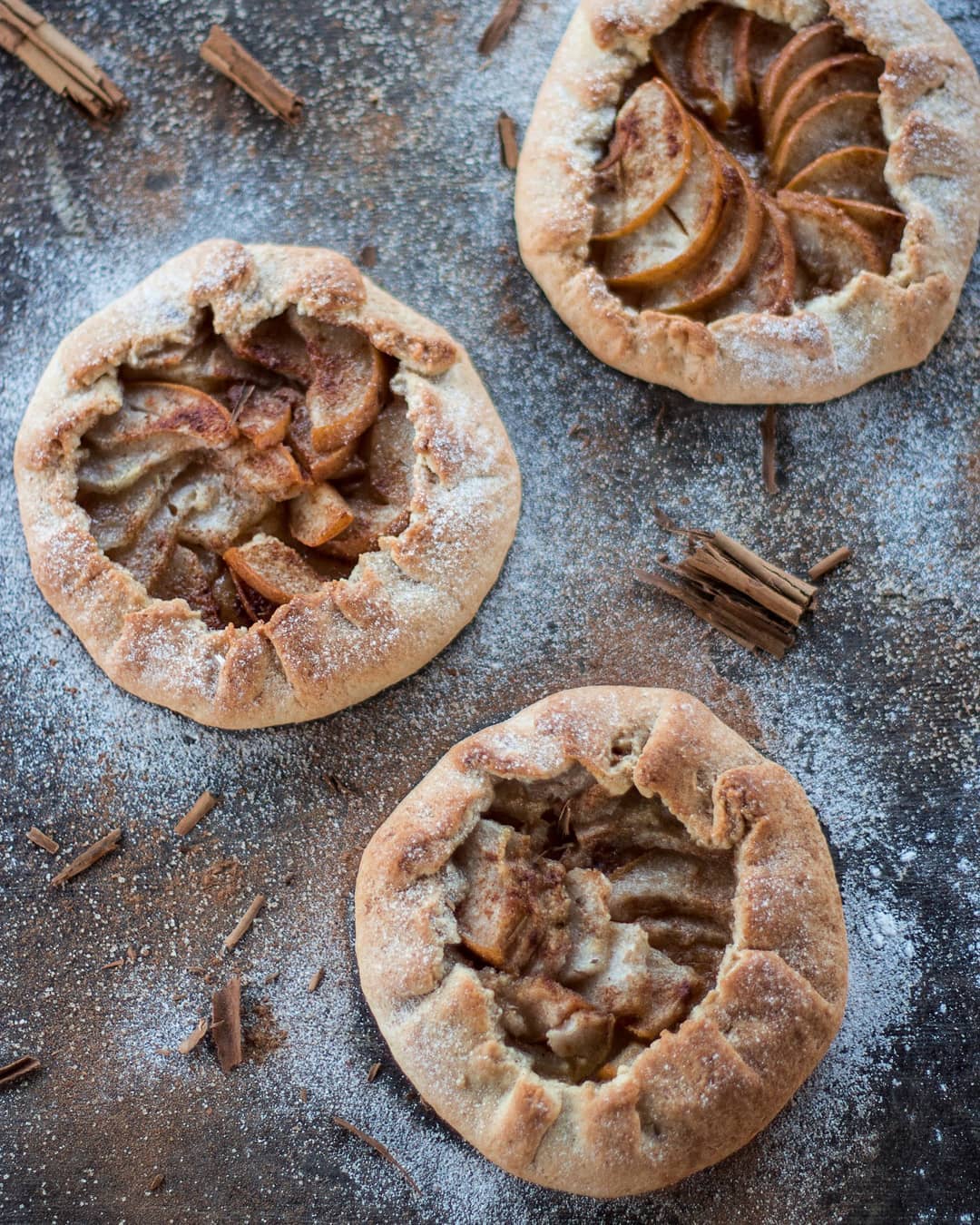Ingredients
Figs pie
Instructions
Step 1
Step 2
Step 3
Step 4
Step 5
Step 6
Step 7
Step 8
Servings
Equipment
Use different sizes to manage both wet and dry ingredients separately. Stainless steel or glass bowls work best.
A strong wire whisk is essential for getting a smooth mixture. Invest in one with a comfortable grip.
A good sifter ensures your flour and baking powder are well-mixed and free of lumps. It’s a small tool that makes a big difference!
Choose a non-stick baking tin to make sure your pie comes out easily. Greasing it with butter and a light dusting of flour is key.
Ensure your oven is preheated to the correct temperature for optimal baking. An oven thermometer is handy to verify this.
Variations
Faq
- Why did my pie turn out too dense?
This can happen if the batter is overmixed. Once the wet and dry ingredients are combined, mix just until they are incorporated.
- How can I tell if my pie is done baking?
Insert a toothpick into the center of the pie. If it comes out clean or with a few crumbs, your pie is ready!
- What type of figs should I use?
Dried figs can work, but fresh figs deliver the best flavor and texture for this pie.
- How do I prevent the figs from sinking to the bottom?
Coat the figs lightly in flour before placing them on top of the batter. This helps them stay suspended during baking.
- Can I prepare the pie in advance?
Yes, you can prepare and refrigerate the batter up to one day in advance. The baked pie also stores well for up to 2 days in the fridge.
- How can I make the pie more decorative?
Arranging the figs in a spiral pattern on top of the pie before baking can add a beautiful touch. You can also sprinkle some almond petals or powdered sugar once baked.

